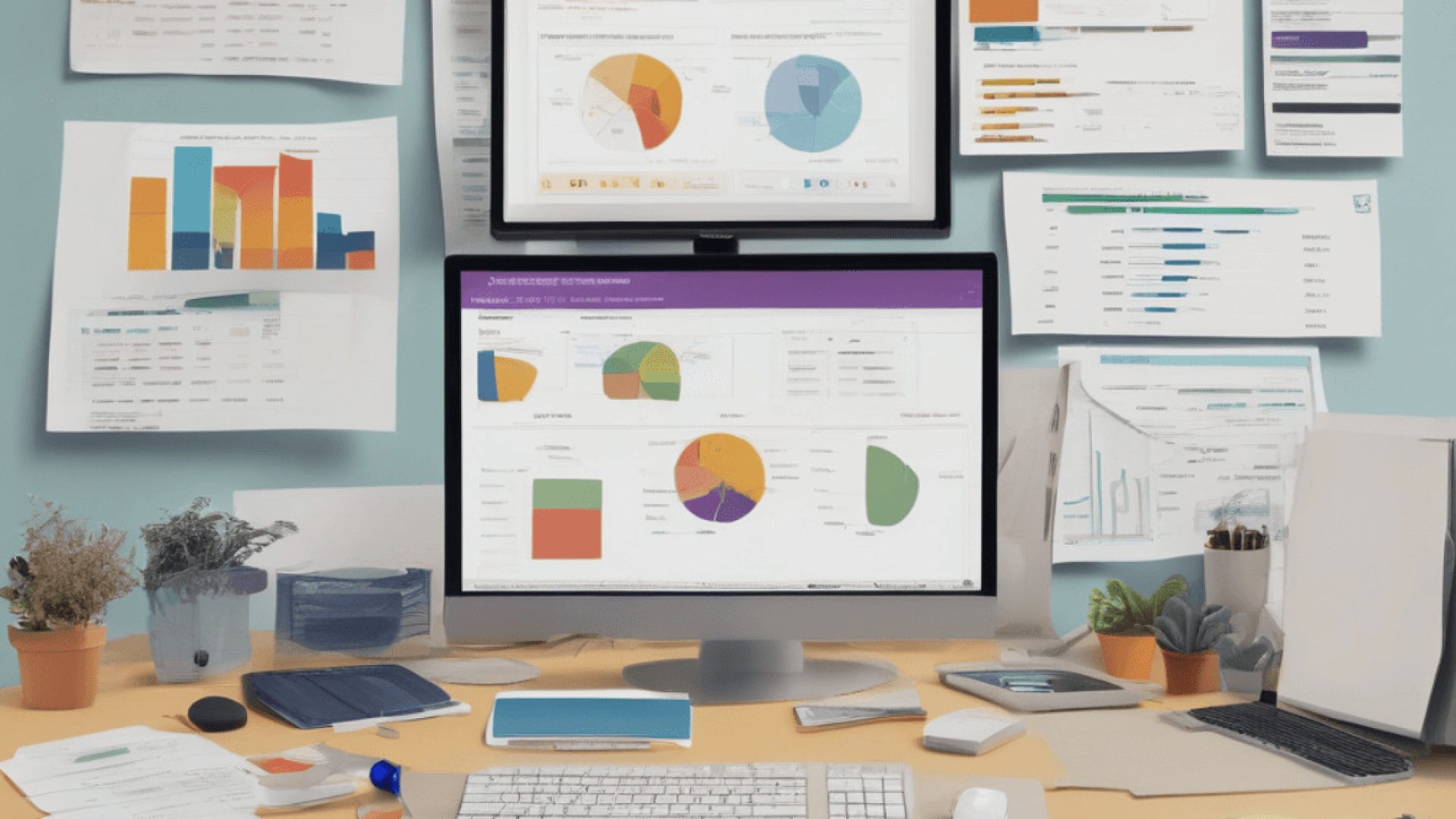Amazon’s Fulfillment by Amazon (FBA) program is a cornerstone of many sellers’ strategies, offering convenience and efficiency in handling logistics. However, Amazon periodically adjusts its FBA fees, which can impact sellers’ profit margins. Preparing for increased Amazon FBA fees requires strategic planning and operational adjustments. This article will guide Amazon sellers on how to effectively navigate and adapt to these fee changes.
Understanding FBA Fee Changes
Amazon revises its FBA fees to reflect changes in costs related to fulfillment, transportation, and storage. These revisions can vary based on product size, category, and the time of year. It’s crucial for sellers to stay informed about these updates, which Amazon typically announces in advance.
Strategies to Mitigate the Impact of Fee Increases
Reassess Your Pricing Strategy
In response to increased FBA fees, revisit your pricing strategy. While adjusting prices can offset additional costs, it’s essential to remain competitive. Consider the price elasticity of your products and how price changes might affect demand.
Optimize Your Product Sizing
Amazon’s FBA fees are partly determined by the size and weight of the product. Evaluate your product packaging and design to see if you can reduce the size or weight without compromising quality. Even slight adjustments can shift your product into a lower fee tier.
Improve Inventory Turnover
Increased storage fees make efficient inventory management more critical. Aim to improve your inventory turnover rate by balancing stock levels more effectively, avoiding both overstocking and stockouts. Use inventory performance metrics to inform your decisions.
Explore Product Bundling
Bundling products can be a smart way to reduce fulfillment costs. By selling items together that are frequently bought together, you can consolidate shipping costs and potentially increase your average order value.
Increase Focus on Profitable Products
Analyze your product portfolio and focus on items with higher margins that can absorb the fee increases more comfortably. Consider discontinuing or revising less profitable products.
Consider Multi-Channel Fulfillment
While FBA is convenient, relying solely on it may not be the most cost-effective strategy. Explore other fulfillment options like Seller-Fulfilled Prime or third-party logistics services, especially for larger or slower-moving products.
Leverage Amazon’s Fee Discounts and Promotions
Amazon occasionally offers fee discounts or promotions, especially for new products or certain categories. Stay informed about these opportunities and take advantage of them when applicable.
Engage with the Seller Community
Connect with other Amazon sellers through forums and communities. Sharing experiences and strategies can provide valuable insights and practical tips for coping with fee changes.
Continuous Monitoring and Adaptation
The key to successfully navigating FBA fee changes lies in continuous monitoring and adaptation. Keep a close eye on your sales performance, profit margins, and operational costs. Regularly review and adjust your strategies in response to not just fee changes but also broader market dynamics and consumer trends.
Conclusion
Preparing for increased Amazon FBA fees involves a multifaceted approach, focusing on pricing strategies, inventory management, product optimization, and exploring alternative fulfillment options. By staying proactive and adaptable, sellers can mitigate the impact of fee changes and maintain the profitability and competitiveness of their Amazon business.



